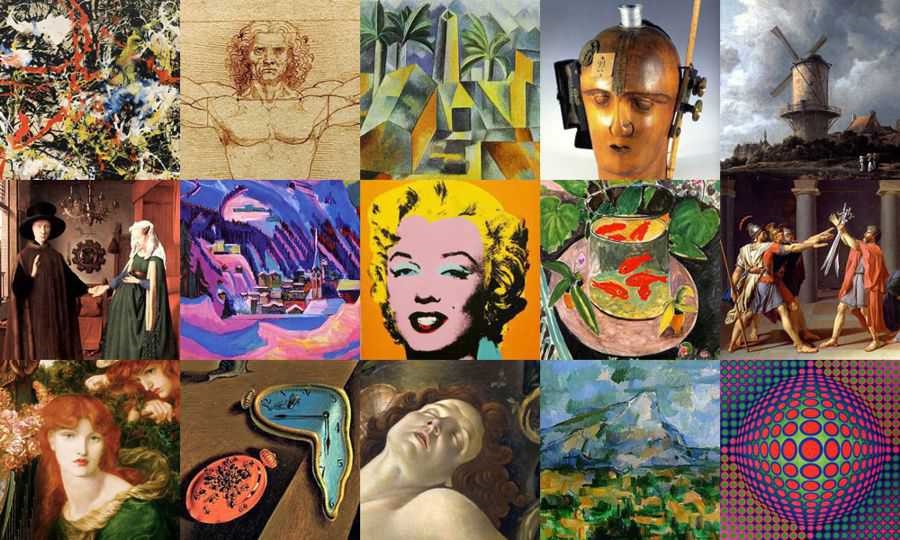By Nesamalar A/P Damalingam, Lecturer, School of Creative Arts & Design
Studio Thinking Framework (STF) is a method built by professionals at Project Zero (Harvard’s School of Education’s research arm). It consists of a set of eight structures that an artist uses: Craft Development, Engagement and Persisting, Envision, Express, Observe, Reflect, Stretch and Discover, and Understand the Community.
- Craft development: learning how to use equipment, tools, artistic conventions and learning how to look after equipment, tools and rooms.
- Engagement and persisting: to learn how to fix important concerns in the art world and/or to establish a concentration that works and to persevere in assignments.
- Envision: learn how to mentally imagine what can’t be clearly seen, and dream regarding the next step in creating a piece.
- Express: learning how to construct a piece of work that conveys an idea, an emotion or a specific context.
- Observe: learning to take a better look at visual contexts than regular “seeing” allows. Therefore, you will get to see items that would never have been seen.
- Reflect: learn to think and speak to others about learning to judge one’s own work, work process and the work of others.
- Stretch & Discover: trying to reach beyond one’s strength, to experiment playfully without a preconception, and to take advantage of the ability to learn from mistakes.
- Understand the Community: Conversing as an artist with other artists within a wider community. Art is a diversion since it can be attempted to move to other subjects such as science or history and etc.
Studio Habits of Mind (SHoM) empowers students to articulate their learning in any topic, thereby providing excellent entry ideas for learning based on individual choices and needs. They are not hierarchical and they can be used in effective learning or supervised coaching.
Begin using your SHoM
Now that we know what the eight Studio Habits of Mind (SHoM) are, here are some ways to incorporate them in the classroom:
Create a SHoM Wheel: Make your own SHoM wheel with symbols or signs given to each habit.
Explanation: Have your educator (tutor, teacher or lecturer) explain the etiquette that the artist uses to perceive the world and why they should be doing it.
Start with One: Implement the habit that you want to concentrate on before you start your lesson on any given subject.
Check for ability to grasp: Use the research facilities to search for interpretation. For e.g., Stretch and Explore: What makes you think after reading page 25? What concept would you like to explore and why?
Using Studio Habits for Assessment: Learn how to use prompts behaviours/habits/practices. For e.g., “I found that when I realised how Maya Angelou uses the metaphor in many of her poems, I was able to define and use the metaphors more explicitly in my own writing.”
Using Workshop Behaviours: Workshop is a perfect place to take steps to learn about the arts. It makes us understand that we’re all artists, that we’re a great metacognitive instrument, and that we’re opening the door to innovative study that incorporates all disciplines.

